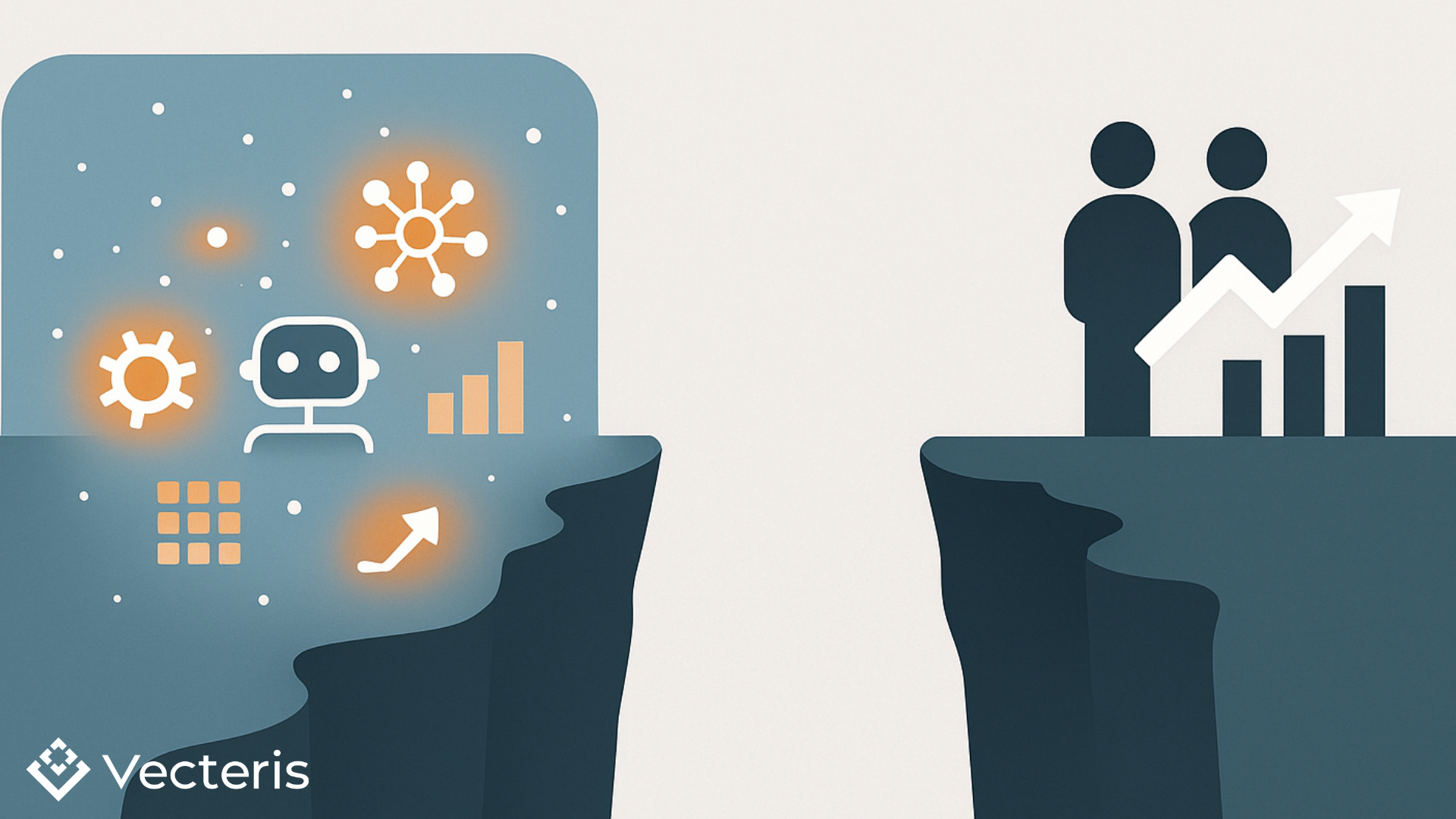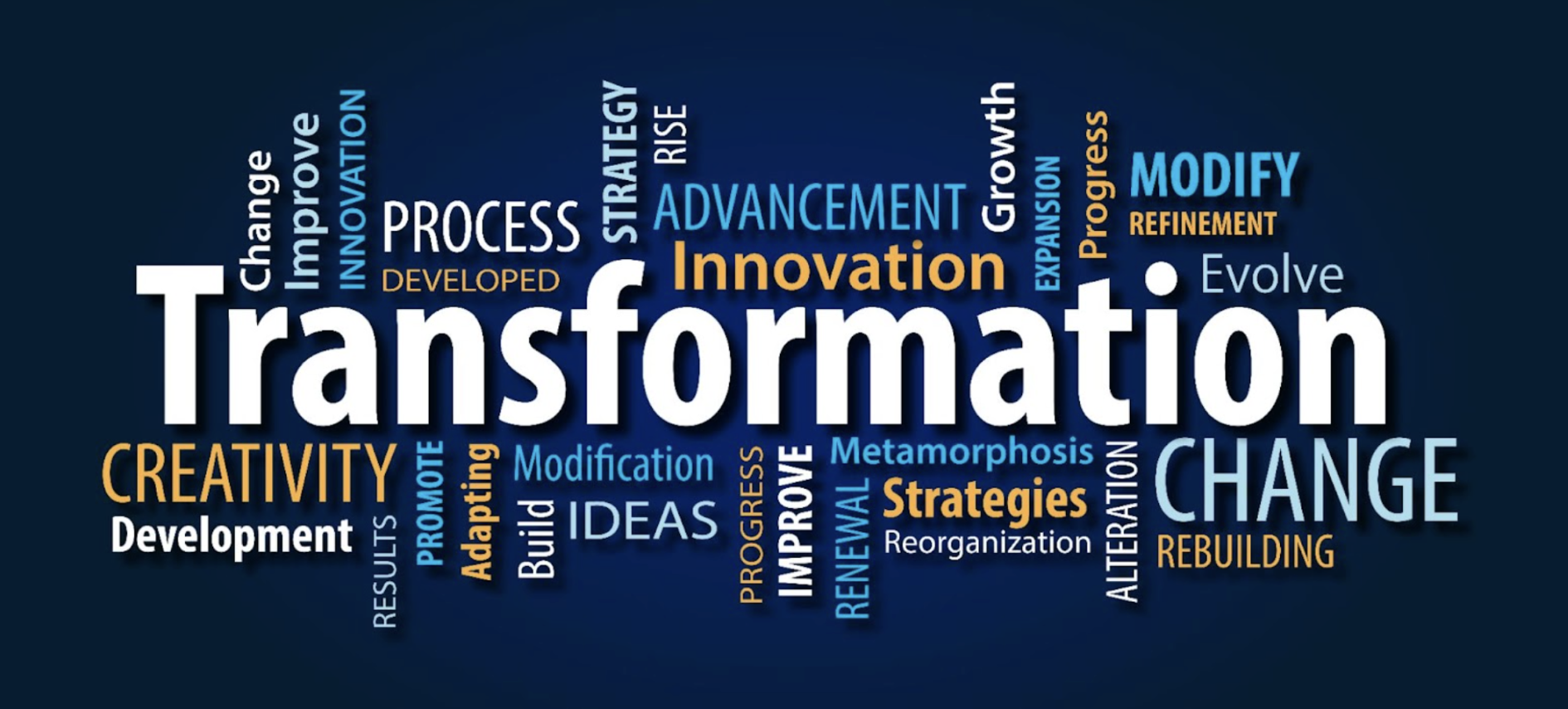8 Common AI Mistakes in B2B Professional Services
Series: Part 2 of “From AI to ROI in B2B Professional Services.”

Insights on How to Productize Services and Solution Offerings
A collection of news, insights, and best practices for productizing services, conducting market research, developing new products, and commercializing offerings.
Series: Part 2 of “From AI to ROI in B2B Professional Services.”

The prize is huge. Why most firms are missing out, and why we’re not surprised.

The biggest obstacle to AI adoption in B2B professional services isn’t the technology. It’s the culture. While most firms are busy evaluating tools, the real question is: how are you preparing your people? Because the firms gaining traction with AI aren’t just handing out logins—they’re training their teams to become what we call "agent bosses."

It can be tempting to frame the adoption of generative AI as a tech initiative. Something for innovation labs, IT, or the analytics team to pilot while the rest of the business watches from the sidelines. But the professional services firms leading the charge right now know better.

AI isn’t just changing how work gets done. It’s changing how clients expect to pay for it. The traditional time-and-materials (T&M) pricing model, long the default in professional services, is increasingly misaligned with the efficiency and flexibility AI enables.
.png)
Productization isn't a silver bullet. But for professional services firms looking to scale impact and revenue, it can be transformative—if you're truly ready for it.
Most companies fail at productization not because of market conditions, but because they never truly committed to the journey. The good news? You don’t need to overhaul everything to get started. But you do need to start with two essential truths.
.png)
“Jaime, I can’t figure out Zoom’s new features. It’s hilarious—like I was a product person, but I keep clicking the wrong button and getting kicked out of the meeting.”
I’ve had similar issues recently. But here's the thing, selling a productized service can feel a lot like learning those Zoom features: confusing at first. However, once you get the hang of it, it transforms how you interact with customers. I’ve been in those Zoom sessions, and it’s often the same story for companies transitioning from services to products: You think you know how to sell, but suddenly, you're using the wrong buttons.
Reflecting on a Year of Growth and Innovation at Vecteris
As 2024 comes to a close, we want to take a moment to celebrate the milestones, achievements, and lessons learned from this incredible year. At Vecteris, our mission is to empower CEOs, product leaders, and product managers in B2B professional services to successfully navigate the journey of scaling for growth. We are incredibly proud of the strides you, our customers, have made in launching new and improved offerings, testing with beta products, and even making the tough decision to kill ideas that didn’t align with your vision for growth. Here is a short recap of all you have accomplished.
As markets evolve and industries face new challenges, many firms find themselves at a crossroads, contemplating the shift toward productization. Productization can significantly enhance valuation, streamline operations, and boost competitiveness. But what triggers a professional services firm to productize? Let’s explore the eight most common reasons that move B2B services organizations from traditional service models to a more productized approach.
.png)